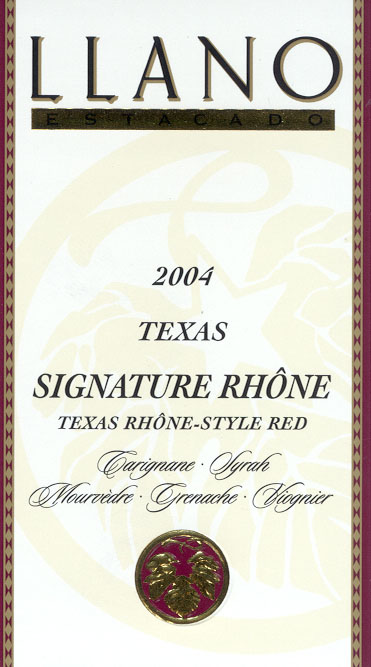 |
|
Wine Details
Price:
$11.00 per bottle
Description:
This wine exhibits the spicy flavor of our Southwest region, making it a particularly fine wine to serve with our regional foods. Try with chicken tacos, roasted sweet peppers and cumin rice, or Santa Fe-styled enchiladas with chili. This wine is quite flavorful if served at room temperature, but don't hesitate to enjoy the fruitier characteristics it exudes when chilled.
|
|
|